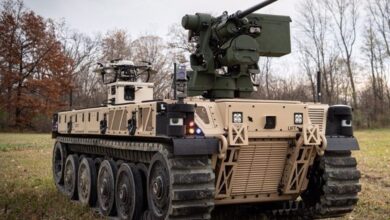US Army-Funded Research Could Allow Battlefield Telepathy
A US Army-funded research breakthrough in separating out brain signals that influence actions from behavior has raised hopes of developing technology that will allow soldiers to silently communicate with each other during operations.
The researchers, from a clutch of US and UK universities, used an algorithm to identify which brain signals were directing motion, or behavior-relevant signals, and then removed those signals from other, behavior-irrelevant signals, C4isrnet reported.
The next step is to develop the technology to the level where it doesn’t merely separate out the two sets of brain signals but also interprets them to the extent that it can send relevant feedback to soldier’s brains, allowing them to take corrective action before problems result.
Hamid Krim, a program manager for the Army Research Office, offers the example of stress and fatigue signals that the technology could read before the human brain does and then let the soldier know when they should take a break.
Soldiers Could Communicate Silently Via Computer
Speaking further about the potential of the technology, Krim said that researchers could build upon the technology to allow computers and human brains to interact so that soldiers can silently communicate with each other via a computer on the battlefield.
“In a theater, you can have two people talking to each other without even whispering a word,” Krim said. “So you and I are out there in the theater and we have to talk about something that we’re confronting. I basically talk to my computer — your computer can be in your pocket, it can be your mobile phone or whatever — and that computer talks to your teammate’s computer. And then his or her computer is going to talk to your teammate.”
The five-year program has been funded with up to $6.25 million by the US Army.
It’s led by researchers at the University of Southern California, with additional US partners at the University of California, Los Angeles; the University of California, Berkeley; Duke University; and New York University. The program also involves several UK universities including Essex, Oxford, and Imperial College.












